The launch of a new automotive brand in New Zealand used to be a once-in-a-generation event. But over the past few years, they have been flooding in – and it looks like there are even more to come.

New names, new acronyms and initialisations – it’s easy to get confused about which brand is selling what. So let’s get up to speed: here’s what you need to know about the 5 newest car brands in NZ.
Geely
Founded: 1986 (automotive since 1997) Launched in NZ: April 2025 What does it sell? EX5 SUV.
China’s Geely has gone from a refrigerator parts company to one of the true giants of the global automotive scene in less than 40 years. Actually, it didn’t become a car company until 1997, which makes its progress even more remarkable. Fun fact: it was China’s first privately owned carmaker.

Geely is also New Zealand’s newest car brand, launched this month by the Giltrap Group. Its first model is the EX5 EV-SUV. You could technically call it a relaunch, as some budget-priced models were imported into NZ from 2010 in very small numbers, but faded away over the next few years. Its presence was never really… formalised.
The Geely of 2025 is a very different affair. Under its various subsidiaries and holding companies, it has owned Volvo since 2010 and Lotus since 2017. It’s technically a partner with Volvo (but also the parent company of course) in Polestar (2017), with Mercedes-Benz in the rebooted Smart brand (2019) and even holds a stake in Aston Martin.
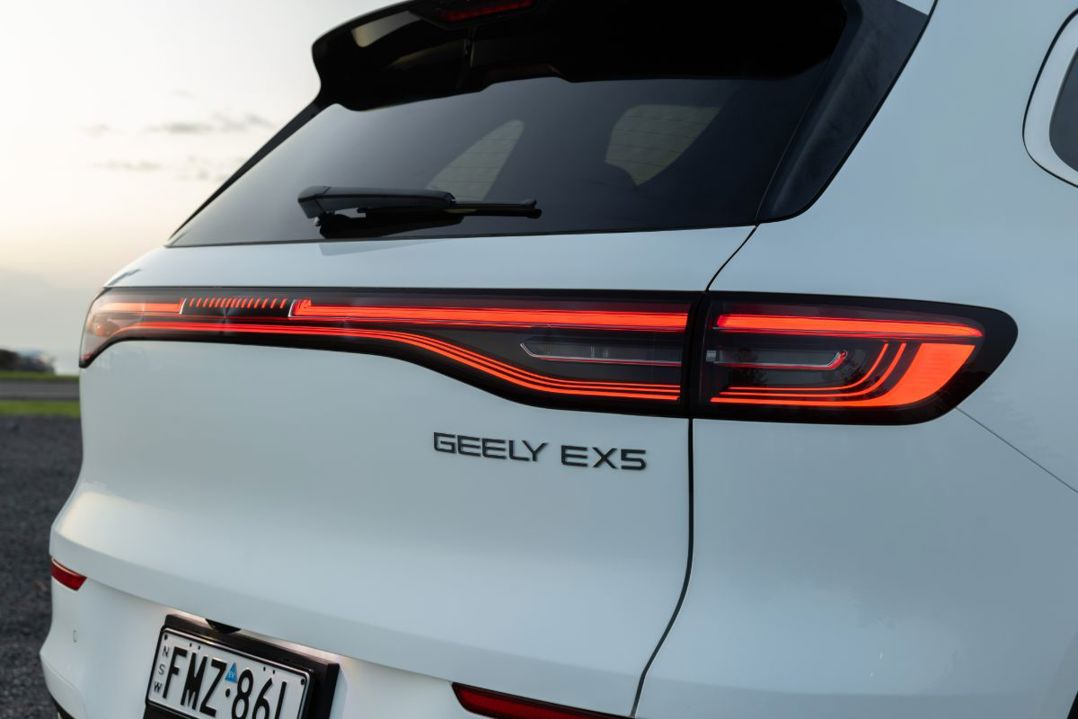
That’s just the stuff directly relevant to NZ. Geely also owns the London EV Company - yes, it’s the maker of the city’s iconic Black Cabs - Proton, and new-generation EV brands such as Zeekr and Lynk & Co.
Giltrap Group has promised there is more to come from Geely in NZ once the EX5 is established, including high-tech hybrid models.
Smart
Founded: 1994 as Micro Compact Car (joint venture between Mercedes-Benz/SMH), then 2019 (joint venture between Mercedes-Benz/Geely) Launched in NZ: February 2005, relaunched March 2025 What does it sell? #1 SUV, #3 coupe-SUV.
Who doesn’t know Smart? Very few. But who can truly track its comings and goings? Equally…very few.
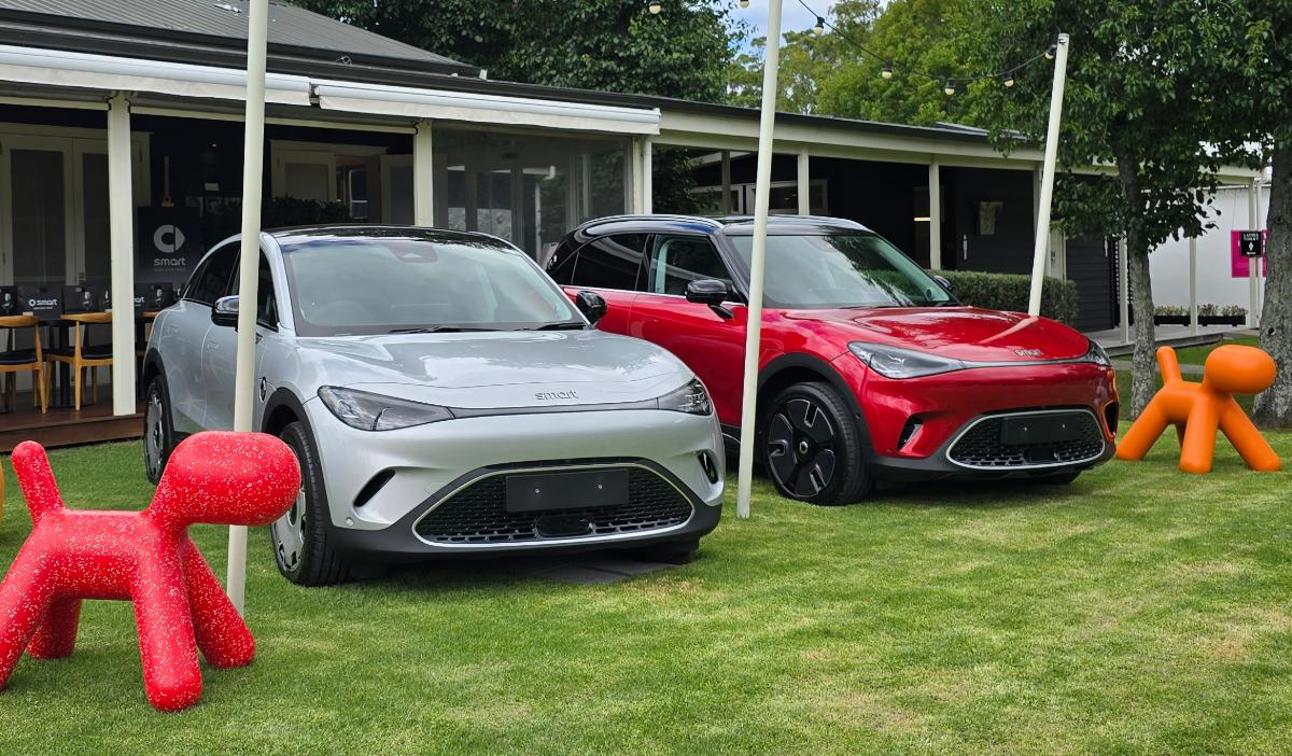
The very short version: Smart became famous as a joint-venture between SMH (the maker of Swatch watches) and Mercedes-Benz, as a micro-car brand called MCC: it made the minuscule Coupe (later called Fortwo) and Roadster models, as well as the larger and more conventional Forfour (based on the Mitsubishi Colt).
Smart had a brief run in NZ from 2005 as part of the local Mercedes-Benz distributorship, but didn’t last.
That was then and this is now. Smart has since rebooted; Mercedes-Benz has partnered with Geely to produce larger-but-still-not-huge pure-electric SUVs: the #1 and coupe-style #3. Both are manufactured in China. Still to come, but imminent, is the bigger-still #5 SUV.
The Mercedes-Benz connection is still there for the Kiwi operation. The rebooted Smart brand is being imported by Auto Distributors NZ (ADNZ, part of Armstrong’s Group) and sold through Mercedes-Benz dealerships.
Leapmotor
Founded: 2015, then 2023 as Leapmotor International (joint venture with Stellantis) Launched in NZ: January 2025 What does it sell? C10 SUV BEV and PHEV.
Leapmotor is another ADNZ import and the youngest brand here by far: established by electrical engineer Zhu Jiangming in China, 2015, and committed to producing as much of its own hardware and technology as possible. The company claims 60% of its C10 SUV is designed in-house, for example.
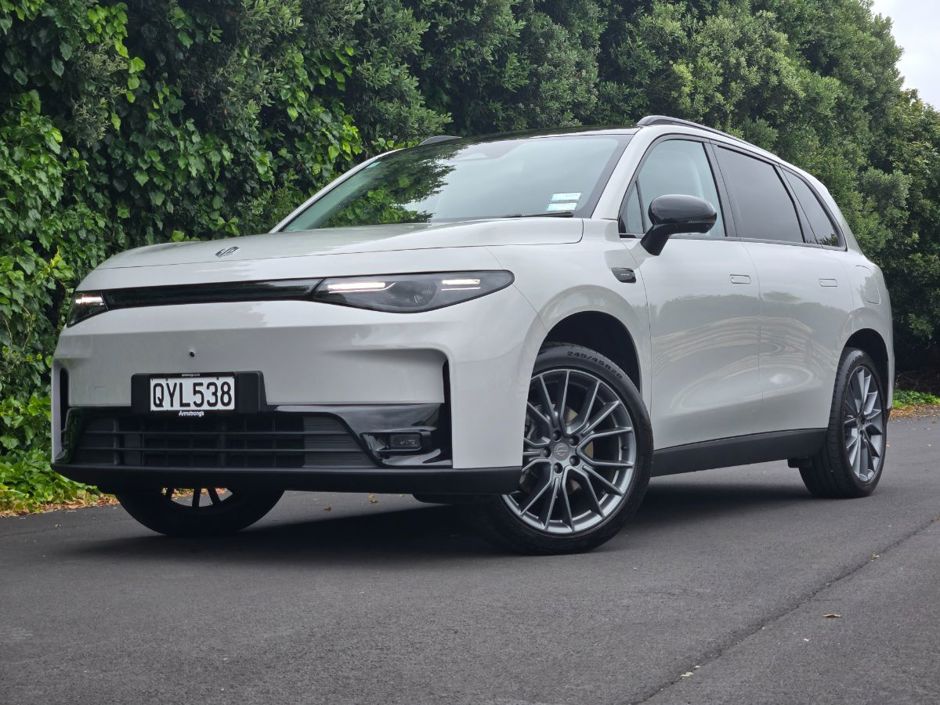
Ah yes, the C10 - the only model currently sold in NZ - goes hand-in-hand with Leapmotor’s global expansion plans. In 2023 the company signed a joint-venture deal with Stellantis (Alfa Romeo, Citroen, Fiat, Jeep, Maserati, Opel, Peugeot, Ram) to form Leapmotor International, with a view to bringing its new cars to as many export markets as possible. Joint, but not quite even: Stellantis controls 51%.
C10 was revealed very close to the joint-venture announcement. It’s offered in NZ as a pure-electric model or with the new “Ultra Hybrid” plug-in electric vehicle powertrain, using a large plug-in battery that gives 145km EV range, paired with a 1.5-litre petrol engine that acts as a generator to make electricity.
Jac ute
Founded: 1964 Launched in NZ: January 2025 What does it sell? T9 ute (and a range of heavy trucks).
Jac is China’s largest commercial-vehicle brand and one with a rich history: it was founded back in 1964 and is highly regarded for its heavy vehicles.
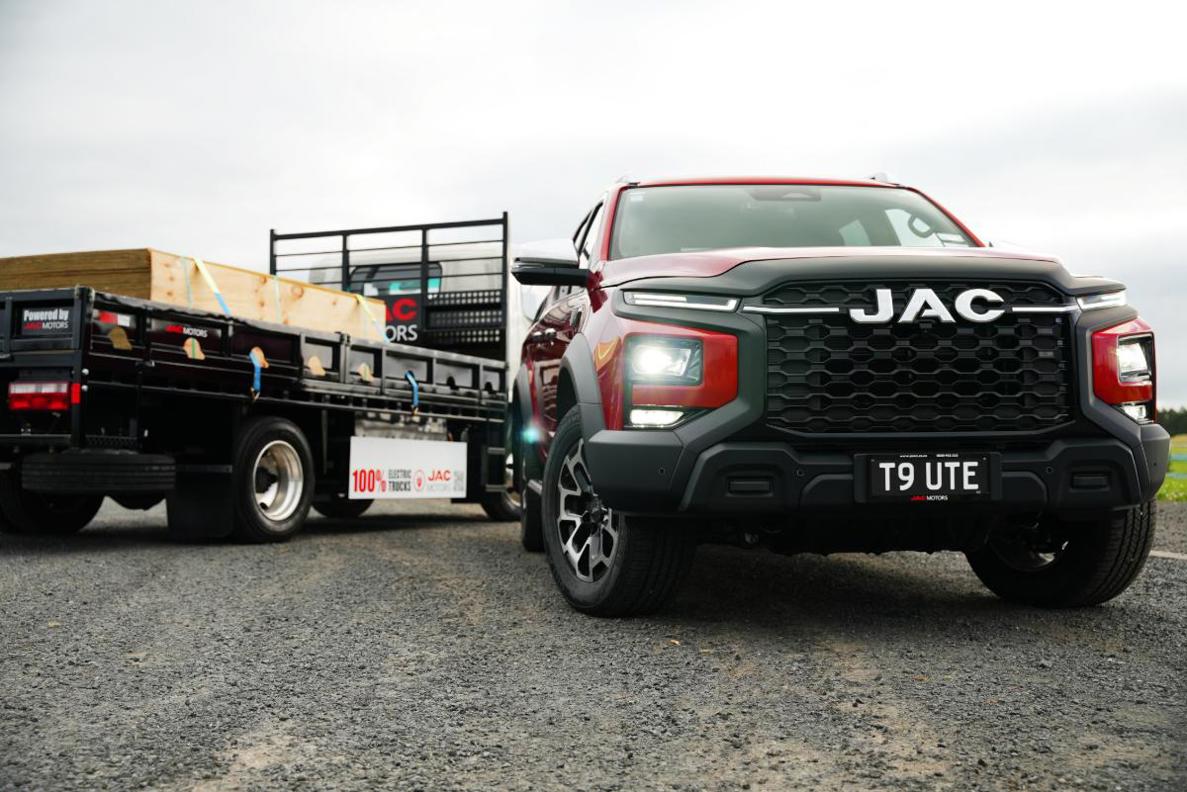
Jac trucks have been floating around in NZ on and off for decades, although current importer NZ Automotive (NZAL) formally launched new-gen dealerships last year.
However, we’re interested in utes, not trucks here. The introduction of the T9 one-tonner in January this year was a bold step into the light-vehicle mainstream and could be the first of many new models - including SUVs and cars.
Omoda/Jaecoo
Founded: 1997 (Chery parent company) Launched in NZ: April 2024 What does it sell? Omoda C5 and E5 SUVs, Jaecoo J7 SUV.
So this is two brands together, but we’re really talking about one different and very big brand: Chery. Omoda and Jaecoo are both subsidiary model lines of China’s Chery, which will be familiar to many Kiwis because it sold low-priced vehicles in NZ from 2011-14.
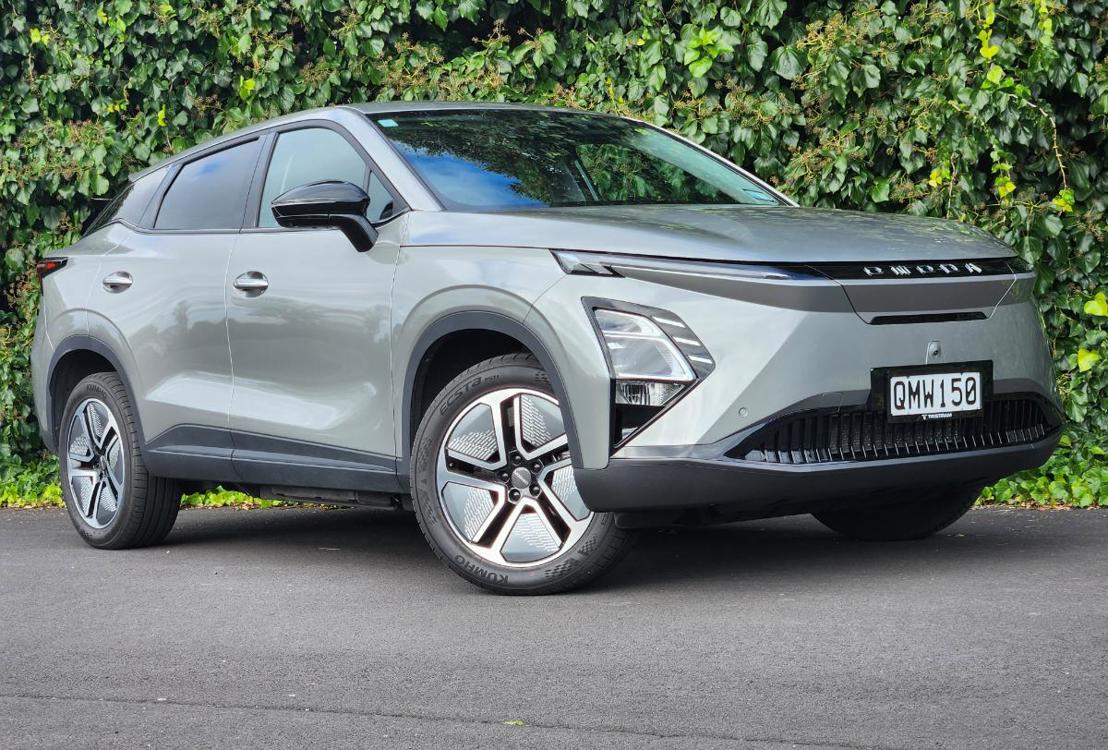
That’s a whole other era given how fast Chinese brands have advanced, and when the Omoda C5/E5 and Jaecoo J7 were launched here last year, they arrived without Chery branding as two separate model lines: the former more futuristic and urban-focused, the latter adopting a more traditional 4x4/SUV look and feel.
The Omoda C5 is petrol, the E5 pure-electric. The Jaecoo J7 was launched in petrol form (same platform and engine as the C5), but just added to the range is a long-range PHEV called Super Hybrid System (SHS).
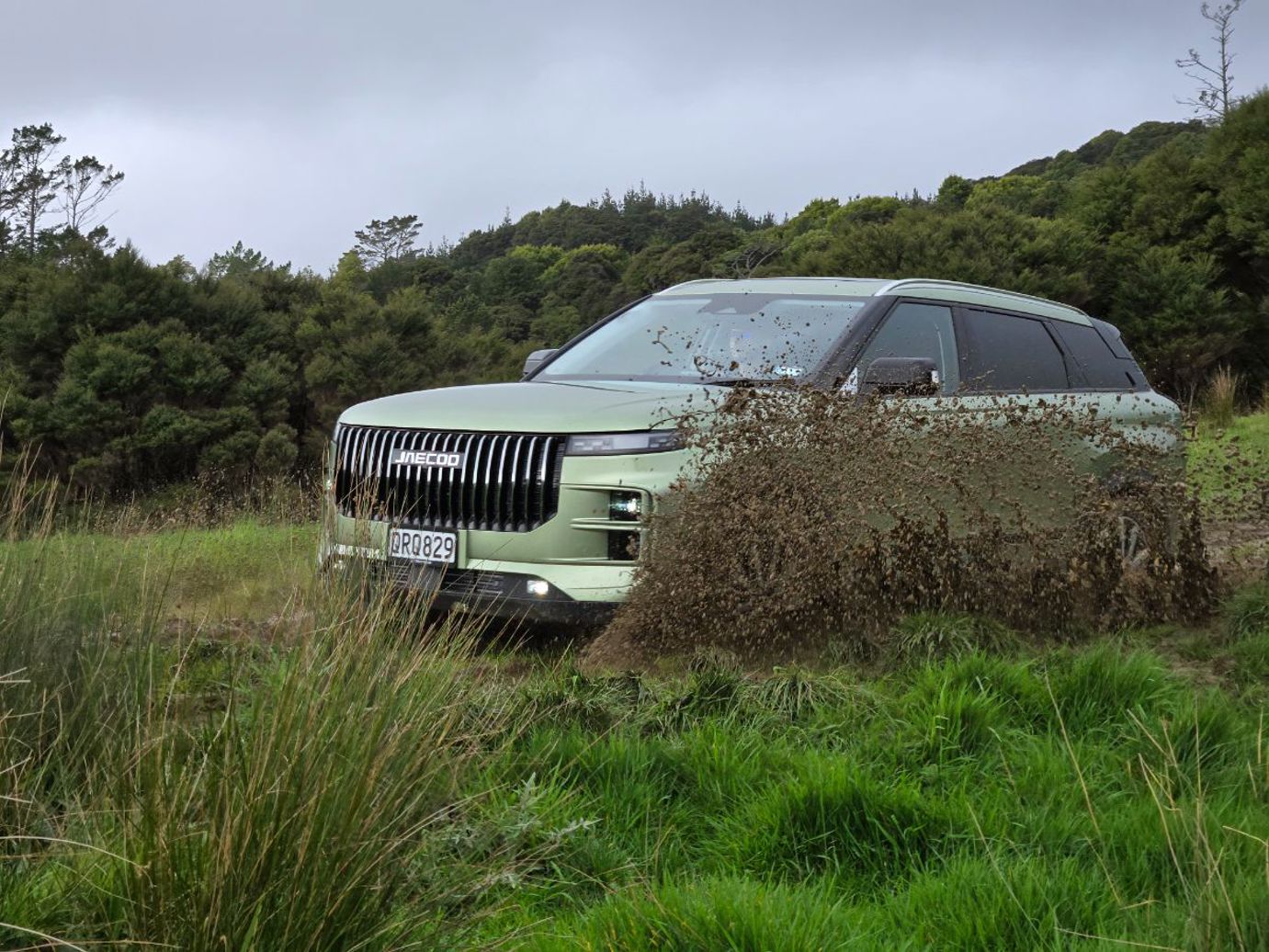
Chery was formed as a Government subsidiary in 1997. Many of its first models were licensed versions of other cars (Seat Toledo was its first) but it also indulged in reversed engineering; in a highly publicised case, GM sued Chery in 2003, claiming it copied its Matiz. The case was settled out of court, as was a similar claim from VW over its Jetta.
By 2007 it was producing its own cars and was getting rather good at it. The A3 looked good, with styling by Pininfarina, and got a 5-star NCAP rating.
Chery has long been focused on selling its cars outside China: it started back in 2001 and has been China’s largest exporter since 2003. Both the Omoda and Jaecoo brands were launched in 2023.
Now that we've got all that cleared up... Chery has just announced it will also be entering the NZ market independently of Omoda/Jaecoo (which will continue as standalone brands) with a range of SUVs. No details as yet, but we'll keep you posted.
A couple they made earlier (but rebranded)
Not all “new” brands are really new to NZ. You might not have heard of GWM or KGM until very recently, but the companies and products behind the badges are well-established.
GWM
You might know GWM as Great Wall Motors, the longest-running Chinese brand in NZ. It’s still a relatively young company (founded in China in 1984) and was launched here back in 2009, with a range of utes including the SA220 and V240, plus an SUV named the X240.
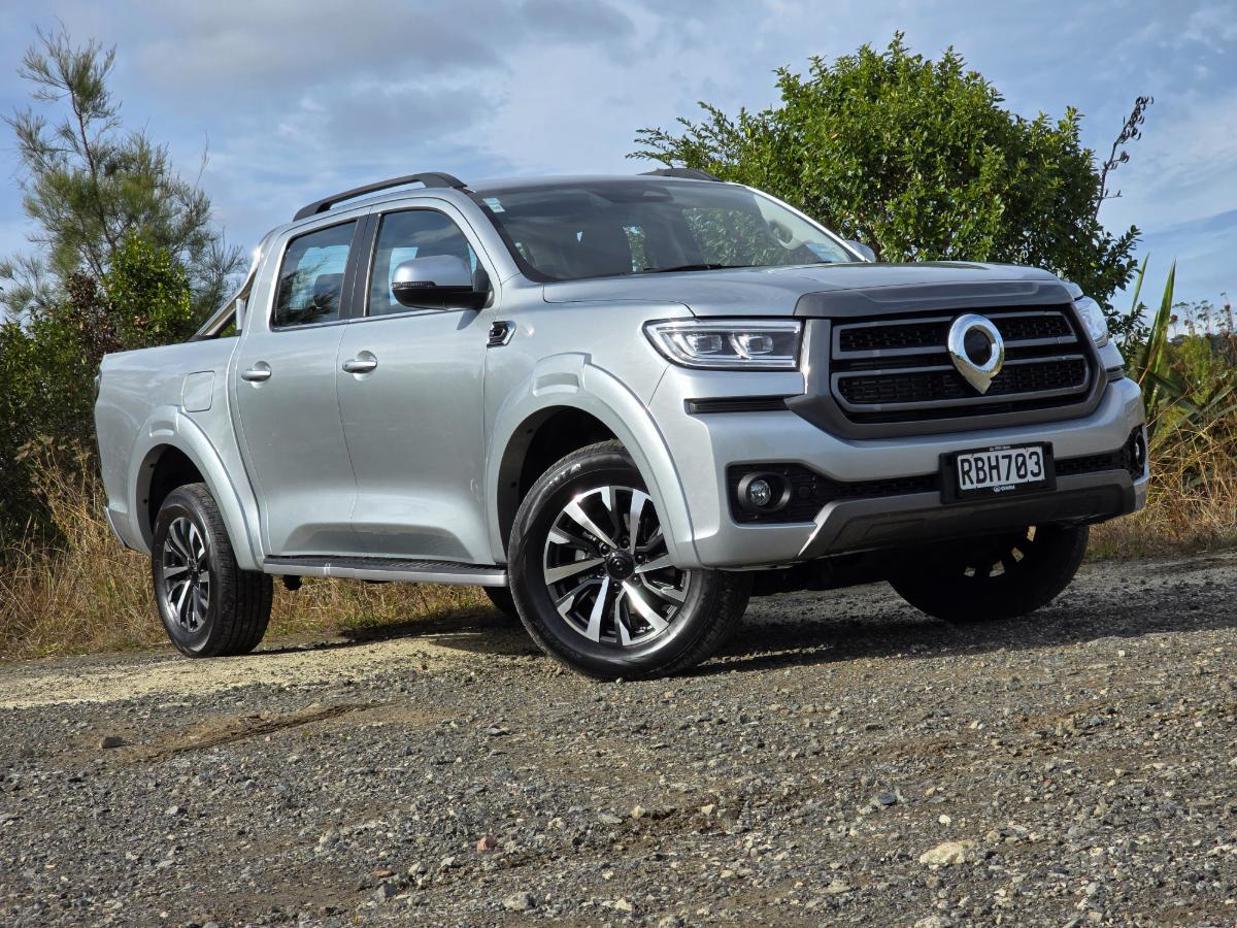
The factory took over local distributorship in 2016 and introduced the Haval SUV brand, plus an updated ute called Steed. But Great Wall’s transformation into a purveyor of truly modern products in NZ really started in 2021 with the Cannon ute; it continued with the Haval Jolion and H6 SUVs, then the Ora EV and Tank 300 4x4 in 2023.
In November 2023, Great Wall Motors announced it was reorganising its corporate identity for export markets. The master brand became simply “GWM”, encompassing a quartet of subsidiary model lines: Ute (aka Cannon), Haval (crossover SUV), Tank (hard-core 4x4) and Ora (EV). The company started applying GWM branding to its cars mid-2024, which now applies to all models sold by the company in NZ.
KGM
The KG Mobility (KGM) brand was launched in NZ in March 2024, with an all-new model: the Torres SUV. But the rest of the range looked very familiar, and with good reason: KGM is SsangYong by another name.
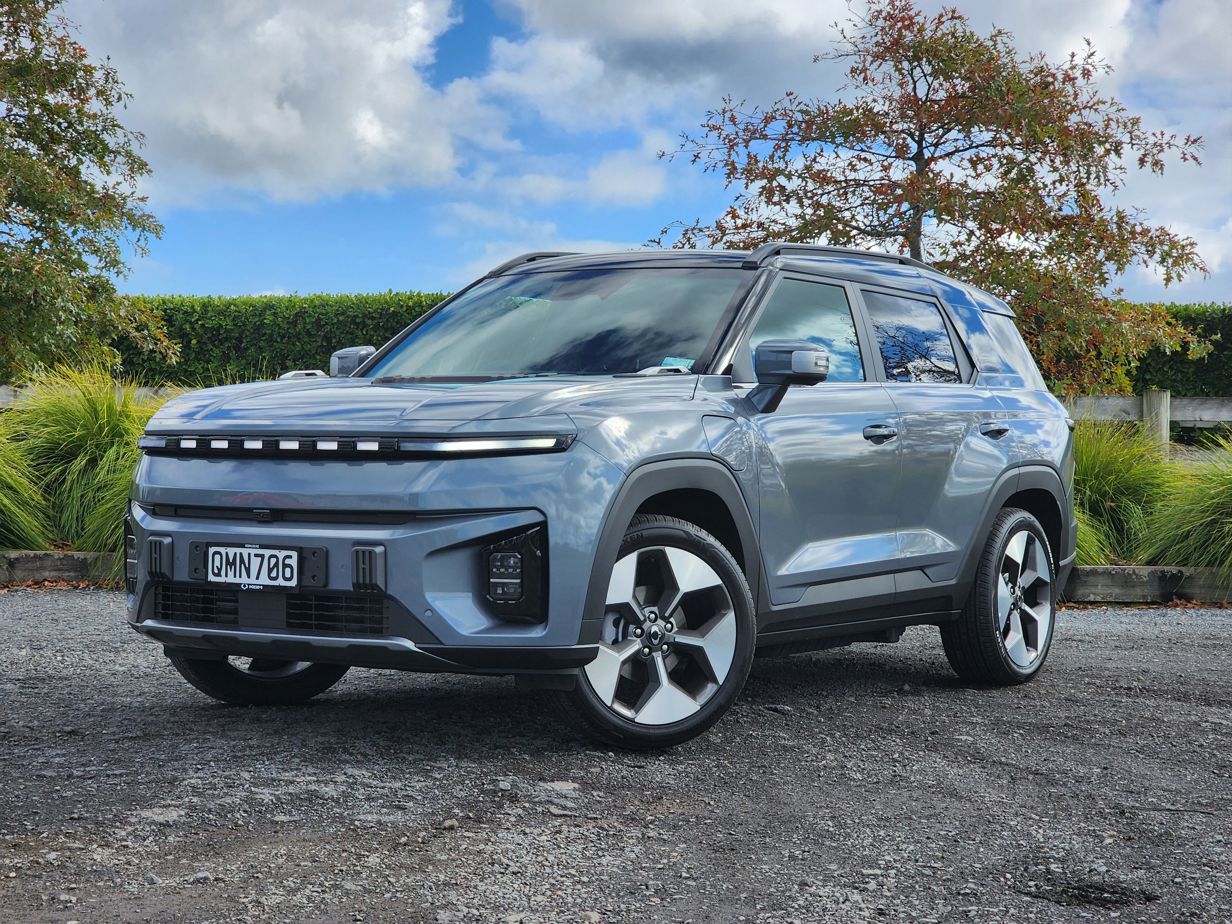
SsangYong’s origins lie in Korea in 1954, although the name wasn’t used until 1988 when Dong-A Motor was purchased by the SsangYong Group.
SangYong’s history has been tumultuous to say the least. It had a technology partnership with Mercedes-Benz from 1991, was taken over by GM Korea in 1997… which then dropped SsangYong again in 2000.

Chinese maker SAIC acquired a controlling stake in 2004, but after a troubled 4 years, SsangYong went into receivership in 2009. There were violent protests by workers and South Korean authorities charged SAIC with violating local law, by taking SsangYong technology created with government funding.
Indian maker Mahindra took over SsangYong in 2011 and created the successful Tivoli (aka Mahindra XUV300). But by the end of 2020, the company was back in receivership.
In 2022, a consortium led by KG Group (with operations including steel and chemicals) was approved by the Bankruptcy Court as the purchaser of SsangYong.
The name KG Mobility (KGM) was created in 2023 and the brand was (re)launched in international markets, including NZ in March 2024. Kiwi distributorship changed to Inchcape (also Subaru and LDV) at the same time.





